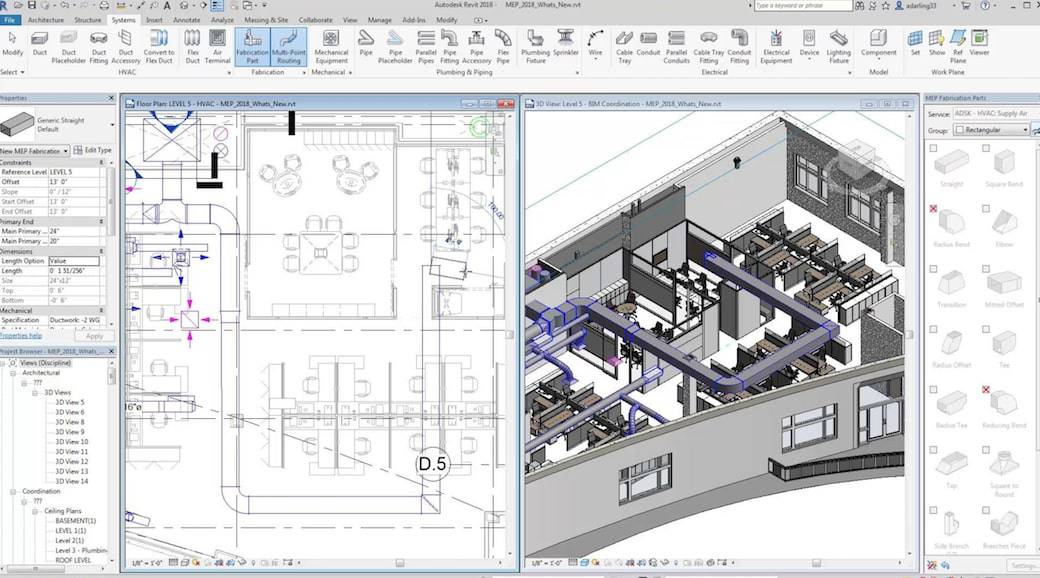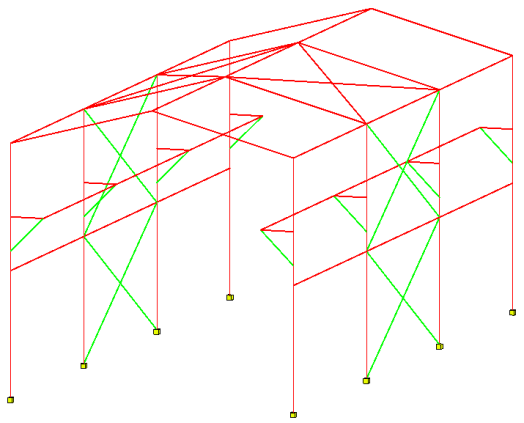

The higher the value, the more intense the colors are. You can set it at a value between 0 and 5.

Saturation is the intensity of colors in the image. The levels also range from 0 to 1, with values closer to 0 being Lighter shadows, and values close to 1 being Darker shadows. Shadows controls the light levels for the darkest areas of the image.

The levels range from 0, which is Darker highlights, to 1, which is Brighter highlights. Highlights controls the light level for the brightest areas of the image. If you plan to use Photographic Exposure often, you will want to test these settings to find the ideal combination to create the look you are going for. The settings are for Highlights, Shadows, Saturation, and White Point. Here, you can control the color correction options either by adjusting the slider or by entering a value. Next to Image, click Color Correction… to display the Color Correction dialog. Images that have a loss of highlight detail are described as overexposed, while images that have a loss of shadow detail are described as underexposed. Values closer to 0 reduce highlight detail, while values closer to 21 reduce shadow detail. However, when you select Manual, you can adjust the Value slider or enter a value in the adjacent field to adjust the color.

With Automatic selected, Revit automatically determines the best color Value for the view and the slider is unavailable. First, you can set the Exposure to Automatic or Manual. To enable Photographic Exposure, select Enabled. In this dialog, expand the Photographic Exposure area. Revit displays the Graphic Display Options dialog from either location. Either click Edit… next to Graphic Display Options in the Properties palette, or expand Visual Style in the View Control bar and click Graphic Display Options…. You can modify the photographic exposure settings to create very realistic appearances.įor example, in this default 3D view, on the View Control bar, change the Visual Style to Realistic. These settings are only available for Realistic and Ray Trace visual styles. When creating 3D presentation views, you may wish to adjust the photographic exposure settings.
#AUTODESK REVIT 2019 LESSONS INSTALL#
Install Revit 2019 (or access the install media).To install the Revit SDK, follow these steps: Put RevitLookup.addin and RevitLookup.dll into one of your Revit Addins folders, like: %appdata%\Roaming\Autodesk\Revit\Addins\2019\ To install RevitLookup for Revit 2019, head over to this page and grab the latest version, currently 2019.0.0.1. The first few things you will need are: the Revit 2019 SDK and help file, RevitLookup installed, and an understanding of What’s New in the Revit 2019 API.
#AUTODESK REVIT 2019 LESSONS UPGRADE#
Revit API developers often have to get up and running really quickly so they can upgrade their apps for Revit 2019 compatibility. After a new version of Revit comes out, we all take some time to catch up.


 0 kommentar(er)
0 kommentar(er)
